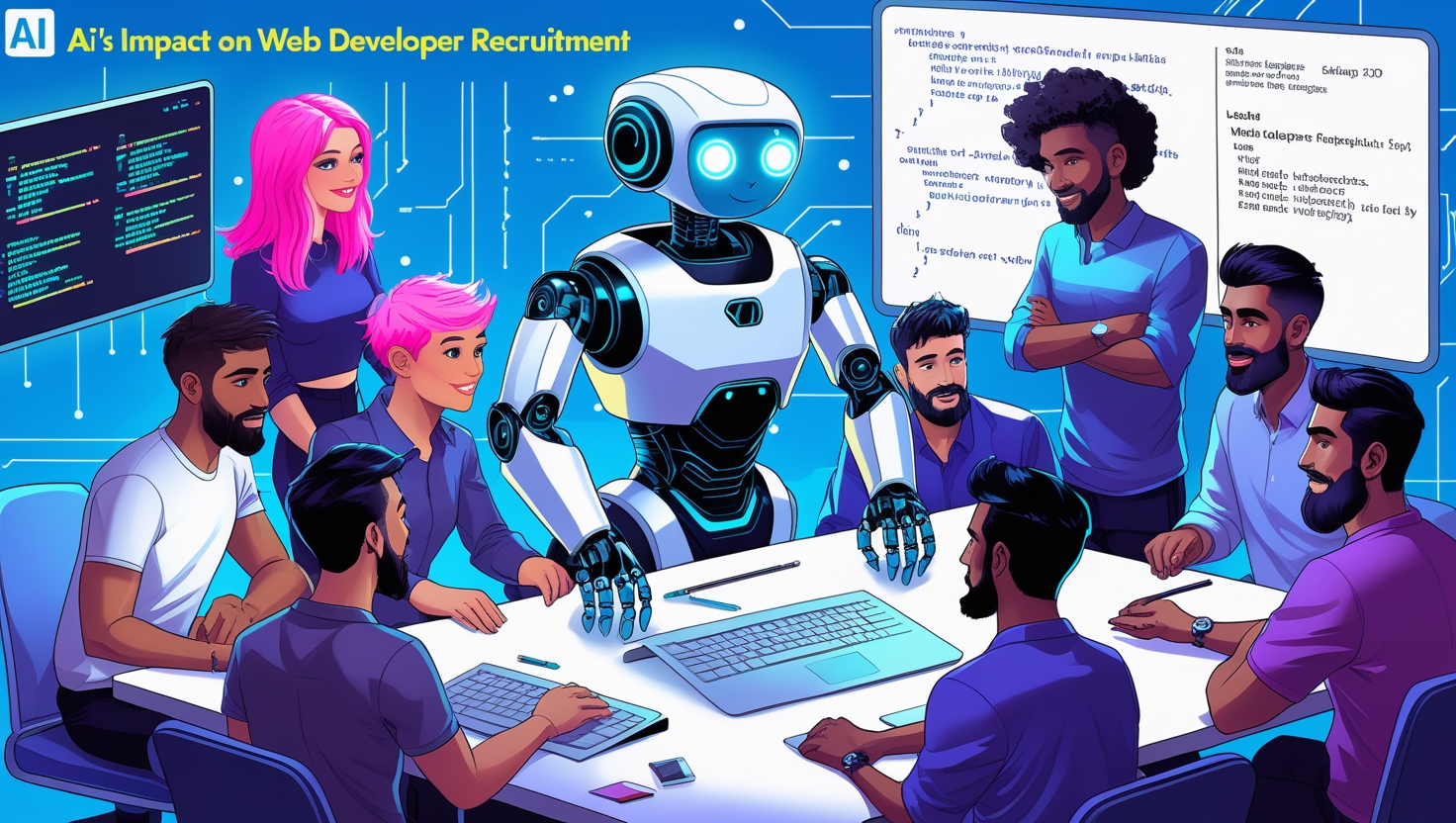Introduction
Customer service has undergone a massive transformation over the past few years, and chatbots are leading the way. According to a 2024 report by Business Insider, the chatbot market is expected to surpass $1.7 billion by 2025, growing at a 26% annual growth rate. As consumers demand faster responses and personalized service, AI-driven chatbots are becoming essential tools for businesses.
The rise of chatbots isn’t just a trend but a necessary shift in how companies interact with their customers. A 2024 PwC survey shows that 79% of customers now prefer self-service options like chatbots for routine inquiries, making this technology indispensable for businesses that want to remain competitive.
What Are Chatbots?
Chatbots are digital assistants powered by AI and NLP (Natural Language Processing) that help businesses automate customer interactions. They can respond to customer queries through text or voice, providing assistance around the clock.
There are primarily two types:
- Rule-based Chatbots
Rule-based bots follow predefined scripts, and although they’re limited to simple queries, they still hold a significant share in the market. According to a 2024 report from Juniper Research, 34% of businesses still rely on rule-based chatbots for tasks like answering frequently asked questions. - AI-powered Chatbots
AI-powered bots are capable of understanding context, learning from interactions, and delivering dynamic responses. According to Gartner’s 2024 forecast, 70% of customer service inquiries will be handled by AI-powered chatbots by 2025, highlighting their growing sophistication.
The Benefits of Chatbots in Customer Service
- Instant Response Time:
A 2024 report from Zendesk states that 90% of customers expect an immediate response when contacting customer service. Chatbots fulfill this expectation by providing instant answers to common queries, greatly enhancing customer satisfaction. - 24/7 Availability:
As businesses expand globally, the demand for round-the-clock support is increasing. In 2024, 68% of customers prefer 24/7 service, according to a Forrester report. Chatbots ensure continuous availability, allowing businesses to cater to different time zones and urgent needs without additional staffing. - Cost Efficiency:
A 2024 McKinsey report found that companies using chatbots can reduce their customer service costs by up to 30%. By automating repetitive tasks, chatbots free up human agents to focus on more complex queries, leading to cost savings and operational efficiency. - Consistent Support:
A 2024 Salesforce survey revealed that 56% of customers believe consistent responses across all platforms improve their experience. Chatbots ensure that the same high-quality, accurate answers are provided to all customers, no matter when they reach out. - Handling High Volumes:
During busy periods, chatbots are crucial for managing high volumes of queries. 2024 data from IBM states that chatbots can handle up to 80% of customer queries without human intervention, making them essential during peak times, like product launches or holiday sales.
Enhancing Customer Experience with AI
AI-powered chatbots are transforming the customer experience by offering personalized, context-aware support.
- Personalization Stats:
A 2024 study by Accenture found that 84% of consumers are more likely to engage with a brand that offers personalized recommendations. AI chatbots can suggest products based on a customer’s purchase history or browsing behavior, enhancing the user experience and driving sales. - Emotional Intelligence:
In 2024, customer expectations are evolving, and chatbots with emotional intelligence are now more common. According to PwC’s 2024 survey, 63% of consumers expect companies to understand their emotions during service interactions. AI chatbots are now able to detect sentiments through sentiment analysis and tailor their responses accordingly, offering more empathetic interactions.
Chatbots in Various Industries
Chatbots are reshaping customer service in many industries. Here’s how:
- Retail and E-Commerce:
By 2024, 60% of e-commerce businesses are using AI chatbots to provide personalized shopping experiences and manage customer queries, according to a Juniper Research report. Major brands like Macy’s and L’Oréal have successfully integrated chatbots into their customer service strategy, helping customers with order tracking, product recommendations, and more. - Banking and Finance:
The financial sector is increasingly using chatbots to automate basic banking tasks. A 2024 report by IBM found that 50% of banks have integrated chatbots to assist customers with routine tasks like balance inquiries and bill payments. Bank of America’s Erica chatbot has now been used by over 20 million customers, handling transactions and providing financial advice. - Healthcare:
In healthcare, chatbots are streamlining processes by booking appointments, providing medication reminders, and offering symptom-checking services. According to Deloitte’s 2024 report, 44% of healthcare organizations are now leveraging AI chatbots for patient engagement, reducing wait times and improving accessibility. - Telecommunications:
Telecom companies are using chatbots to resolve customer service inquiries and reduce call volumes. A 2024 Statista report predicts that by 2025, 27% of telecom customer service interactions will be powered by AI chatbots, focusing on troubleshooting and plan management.
Overcoming Challenges in Chatbot Adoption
While chatbots offer numerous benefits, there are challenges to consider:
- Technology Integration:
In 2024, 56% of businesses face difficulties integrating chatbots with their existing CRM systems, according to Forrester. Ensuring that chatbots can interact seamlessly with databases and customer service tools is crucial for providing smooth service. - Customer Acceptance:
Despite their growing presence, chatbots are not universally loved. A 2024 Salesforce survey found that 58% of customers still prefer interacting with human agents for complex or sensitive issues. Overcoming this resistance requires ensuring that chatbots are designed to escalate issues to human agents when necessary. - Maintaining Human Touch:
While chatbots handle basic queries, there are times when a human touch is necessary. According to 2024 data from Forrester, 65% of customers expect to have the option to speak to a human agent if the chatbot cannot resolve their issue. Businesses need to ensure smooth transitions between chatbots and human agents to maintain high customer satisfaction.
The Future of Chatbots in Customer Service
Looking ahead, the future of chatbots is full of potential:
- Voice-enabled Chatbots:
Voice-powered chatbots are expected to see rapid growth in 2024. Gartner predicts that by 2026, 50% of all customer service queries will be handled via voice assistants, making voice-based chatbots a vital tool for businesses that want to stay competitive. - Multi-language Support:
With globalization, the demand for multilingual chatbots is on the rise. According to Statista’s 2024 report, 70% of customers prefer communicating with businesses in their native language, prompting companies to deploy multilingual AI chatbots to cater to a global audience. - Emotional Intelligence and AI:
The rise of emotion-detecting chatbots will continue to shape the customer service landscape. By 2026, 42% of customer service interactions are expected to involve AI that can recognize emotions, according to Gartner’s 2024 forecast.
Conclusion
In conclusion, chatbots are quickly becoming an integral part of customer service strategies, offering instant response times, 24/7 availability, and cost efficiencies. With the chatbot market expected to exceed $1.7 billion by 2025, businesses that fail to adopt this technology risk falling behind.
As AI continues to advance, chatbots will only become more sophisticated, capable of providing even more personalized, empathetic interactions. If your business hasn’t yet integrated chatbots into its customer service operations, now is the time to do so.



